Pearl Information
Pearls used in the making of fine jewelry are either natural or cultured, and are available in different sizes, shapes and colors. There are also faux (french for “imitation”) pearls available in a wide range of materials, the most popular being glass beads with numerous coatings of fish scales. James avery never uses imitations. We have certain criteria and standards for the pearls we buy. We hope this information will explain more about your new purchase of pearl jewelry from James Avery.
Pearls in Nature
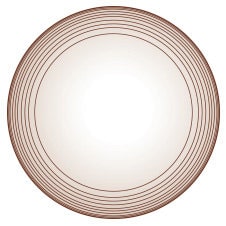
Nacre layers
Pearls are probably the oldest gem known to man. It is believed that pearls were sought after and worn as long as 5,000 years ago. Natural pearls are formed when an irritant, like a sand particle or parasite, accidentally enters an oyster (saltwater) or a mussel (freshwater). In a defense response, the mollusk begins secreting nacre (pronounced nay-ker, a word for the thin layers of a shiny, smooth substance made of calcium carbonate) in an attempt to cover the offending object. Due to the odd shape of the irritant entering the mollusk, the pearl that is created by this continual layering of nacre will almost always be misshapen, or baroque. Only in very rare cases will a natural pearl occur in a round shape, making naturally formed pearls very expensive. Therefore, almost all of the pearls used in fine jewelry today are cultured pearls. We only use cultured pearls in our jewelry designs.
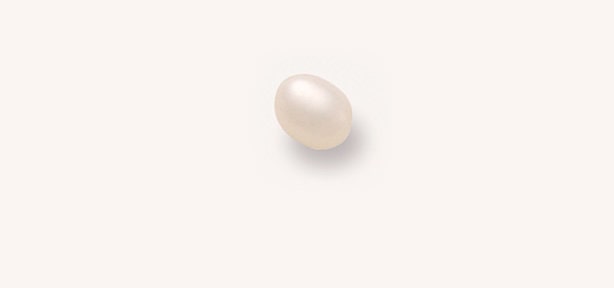
Freshwater Cultured Pearl
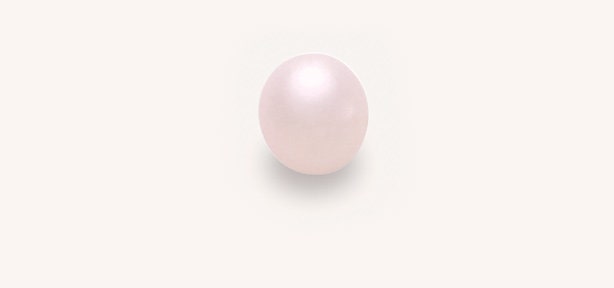
Saltwater Cultured Pearl
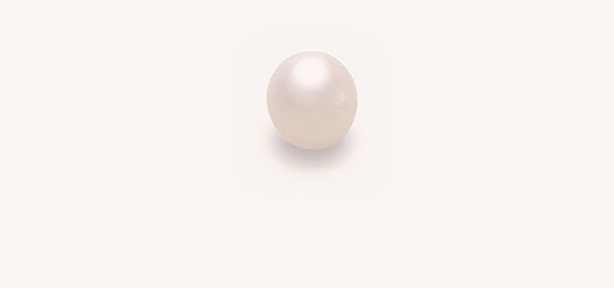
Natural Pearl
Seven Pearl Value Factors
The gemological institute of America (GIA) bases the value and beauty of pearls on their rating of seven factors: size, shape, color, luster, surface quality, nacre quality, and matching.
Today, freshwater pearls range from 3 mm to 11 mm and saltwater pearls range from 2 mm to 13 mm in diameter. Pearls are the birthstone for the month of June.
Colors & Shades of Pearls
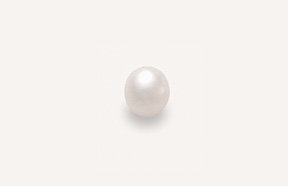
White
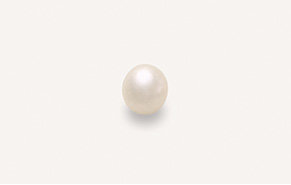
Cream
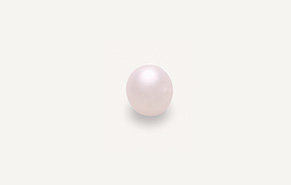
Pink
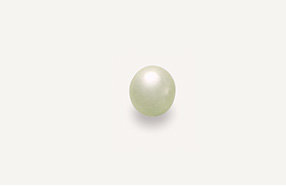
Green
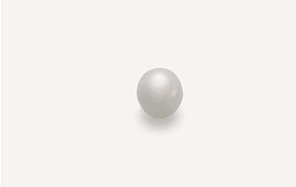
Grey

Black

Round

Oval & Tear Drop

Irregular
The Difference In Our Pearl Jewelry
James Avery only uses pearls with a strong balance of shape, surface perfection, and luster. All of our pearl necklaces are strung by hand to ensure a more durable strand. Pearls come in various hues of white as well as tones of cream, green, pink, gray, and black. Due to demand for perfectly matched white pearl strands, cultured fresh and saltwater pearls are often bleached to achieve a uniform color. They may also be polished in tumblers to clean and improve their luster. Dyes, heat treatment, and irradiation are sometimes applied to produce a wide range of hues such as yellow, green, blue, purple, gray, and black in freshwater and Akoya cultured pearls. Some south sea cultured pearls are bleached to lighten their hue, but most South Sea and Tahitian cultured pearls are not subjected to enhancements to create or improve their color.
We take care to closely match the pearls in our ear posts as well as each pearl in our strands with the color ranges available from the current harvest.
An occasional spot, blemish, or tiny pit is expected on something that comes from nature. Small blemishes are acceptable if they don’t detract from the beauty of the pearl. Since large, unsightly blemishes substantially reduce the value, we do not use pearls with large blemishes.
Care & Cleaning Of Your Pearls
Pearls need special care. To ensure a long life, keep them away from cosmetics, hairspray and household chemicals. Use these products first, and then put on your pearls. When you take them off, wipe the pearls with a soft cloth. Store them separately from other jewelry to avoid scratches. Also, avoid strong blows or knocks. Have your pearl necklaces checked yearly for worn or broken strands or clasps. Ultrasonic cleaners or harsh chemical dips may damage your pearls and we do not recommend that you use them. Use only those cleaners made specifically for delicate pearls. When in doubt, allow a professional jeweler to clean your pearl jewelry.
Round Saltwater Cultured Pearls
A cultured pearl is formed in much the same way as a natural pearl; however, man supplies the initial irritant to get the process started instead of nature. Pearl farmers insert a round mother of pearl shell into the soft tissue of the oyster in an attempt to create spherical pearl possessing gem qualities. This implantation operation takes place a few years after the birth of an oyster, when they have grown to a maturity that will be able to accept an intrusion of this size. Not all of the implanting operations will be successful, and some oysters will produce pearls too inferior for jewelry use. Approximately 10 percent or less of the original crop will be of gem quality.
Saltwater cultured pearls are grown over a period of one to two years under the constant care of the farmers. The overall quality of the harvest is dependent on a wide variety of factors, including water temperature, water quality, and the local www.jamesavery.com supply for the oysters.
Freshwater Cultured Pearls
Freshwater cultured pearls are produced under controlled conditions in freshwater lakes. The shape of these pearls varies and may include: oval, drop, button, circle (ringed), baroque (irregular), and round.
Unlike the saltwater cultured pearl, a piece of mantle tissue from the mussel is used as an irritant to start the process of secreting the nacre. When the mantle tissue decomposes, all that is left at the heart of the pearl is a small cavity. The growth process takes two to six years. This procedure is less expensive than producing a saltwater cultured pearl.
Keshi Pearls
Keshi pearls are formed when the oyster rejects and expels the implanted nucleus before the culturing process is complete. Because the oyster has expelled the implanted nucleus of the pearl, the resulting keshi pearl is 100 percent nacre. The keshi pearl is formed of solid nacre; however, it is not classified as a natural pearl because the culturing process is not a natural occurrence.
Keshi pearls may form in either saltwater or freshwater oysters. They are generally small in size and since there was no nucleus to guide the ultimate shaping of the pearl, their shapes vary widely. Keshi come in an array of colors and tend to have a high luster and shimmering surface quality. Most keshi have a greater luster than even the highest quality cultured pearls.